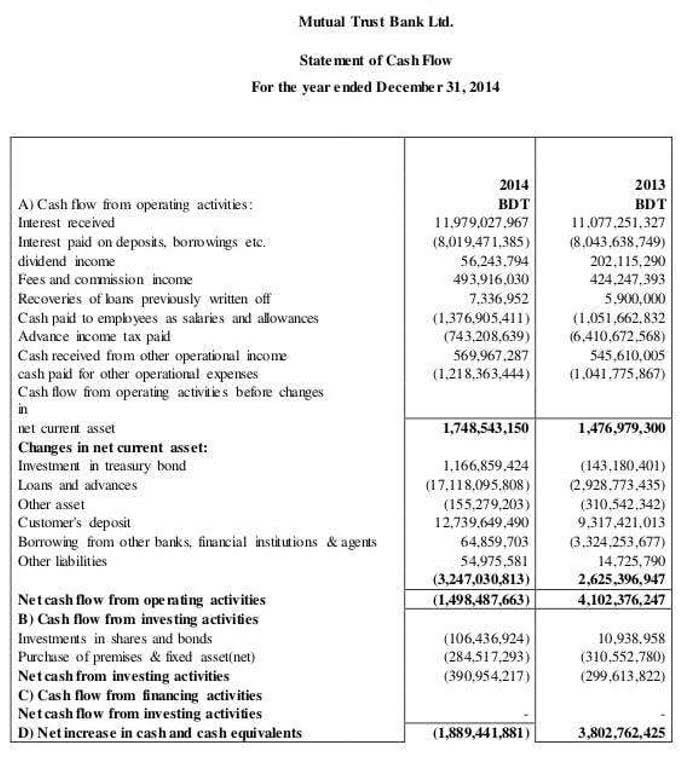
Typically, a shorter operating cycle means a company converts inventory and receivables into cash more quickly. As a result, your business has enhanced liquidity, can meet its short-term obligations, and can invest in growth opportunities. The operating cycle is the average period of time required for a business to make an initial outlay of cash to produce goods, sell the goods, and receive cash from customers in exchange for the goods. This is Certified Bookkeeper useful for estimating the amount of working capital that a company will need in order to maintain or grow its business. The difference between the two formulas lies in NOC subtracting the accounts payable period.
What does a longer or shorter operating cycle indicate?
Confused about the differences between a positive and a negative operating cycle? Inventory is used to denote the products a company has in store for selling in the market to earn a profit. CCC represents how quickly a company can convert cash from investment to returns.
Operating Cycle Formula Calculation: An Example
Cash cycles usually analyze the cash flow in much more depth and tell a company how well they can manage their cash flow, while an operating cycle involves how efficiently the stock flows in and out. When a company takes too long to collect its accounts receivable, has too much inventory, or pays its expenses too quickly, it lengthens the CCC. When a company collects payments quickly, correctly forecasts inventory needs, or pays its bills slowly, it shortens the CCC.
- An effective working capital strategy can help the business increase its profitability and earnings through the efficient use of its resources.
- Although the operating cycle formula is straightforward, diving deeper into the calculations that lead to the DIO and the DSO can lead to deeper insights.
- Keeping a close watch on the business’s CCC helps monitor its overall finances as cash flows in and out.
- These case studies underscore the importance of effectively managing the operating cycle in different industries.
- The first step is to calculate DIO by dividing the average inventory balance by the current period COGS and then multiplying it by 365.
Cash Flow

An operating cycle is the average time it takes for a business to make a sale, collect the payment from the customer, and convert the resources used into cash. It’s important as it provides insights into a company’s liquidity, efficiency, and working capital management. In the dynamic world of business, optimizing operational efficiency is paramount for sustained growth and financial stability. One crucial concept that encapsulates the rhythm of a company’s operations is the operating cycle. This represents the time it takes for a business to convert its investments in inventory into cash through the sale of goods or services.

Similarly, the business should also consider decreasing its credit limits and credit time offered to customers to reduce its cash operating cycles. However, the business may risk losing some customers due to decreased credit terms. The business may also consider offering its customers early settlement discounts to ensure cash is received in a short time.
- Inadequate receivables management practices, including delayed invoicing, lack of follow-up on overdue payments, and inefficient credit control measures, can impede the cash collection phase.
- This means it takes the company about 102.2 days to convert its inventory into cash through sales and collections.
- Hitesh Bhasin is the Founder of Marketing91 and has over a decade of experience in the marketing field.
- Finally, if the business wants to reduce its cash operating cycle, it must negotiate better repayment terms with its suppliers that allows the business more flexibility in making payments.
Usually, the completion time period of 1 manufacturing cycle will be considered for the calculation of the Operating Cycle. The second is the ‘Accounts operating cycle Receivable Period,’ which is how long it takes for a business to collect its dues following a credit sale. When we add up both these durations, we get the length of the operating cycle. For instance, the construction sector is expected to have massive working capital requirements than the retail sector. Likewise, businesses with significant seasonal variations often find it difficult to maintain positive cash flow for a specific period of the year. In order to see that the receivable conversion period is not increased, the firm should follow a rationalized credit policy based on the credit standing of customers and other relevant facts.
Operating cycle refers to number of days a company takes in converting bookkeeping its inventories to cash. It equals the time taken in selling inventories (days inventories outstanding) plus the time taken in recovering cash from trade receivables (days sales outstanding). In retail, it may be days because of quick inventory turnover, whereas in manufacturing, it can extend to 90 days or more due to production time. The cycle includes the time to purchase or produce inventory, sell it, and collect payment. Let us view an example of working capital cycle or even you can say as example of operating cycle in order to understand the concept of it.

It ensures that the company remains adaptable to changing market conditions and resilient in the face of economic uncertainties. The operating cycle is equal to the sum of DIO and DSO, which comes out to 150 days in our modeling exercise. In the next step, we will calculate DSO by dividing the average A/R balance by the current period revenue and multiplying it by 365. At the start of the calculation, the sum of DIO and DSO represents the operating cycle – and the added step is subtracting DPO. HighRadius seamlessly integrates with leading ERPs like SAP and Oracle, ensuring a smooth and comprehensive O2C process. This integration allows businesses to leverage existing systems and data, significantly enhancing overall efficiency and accuracy.
